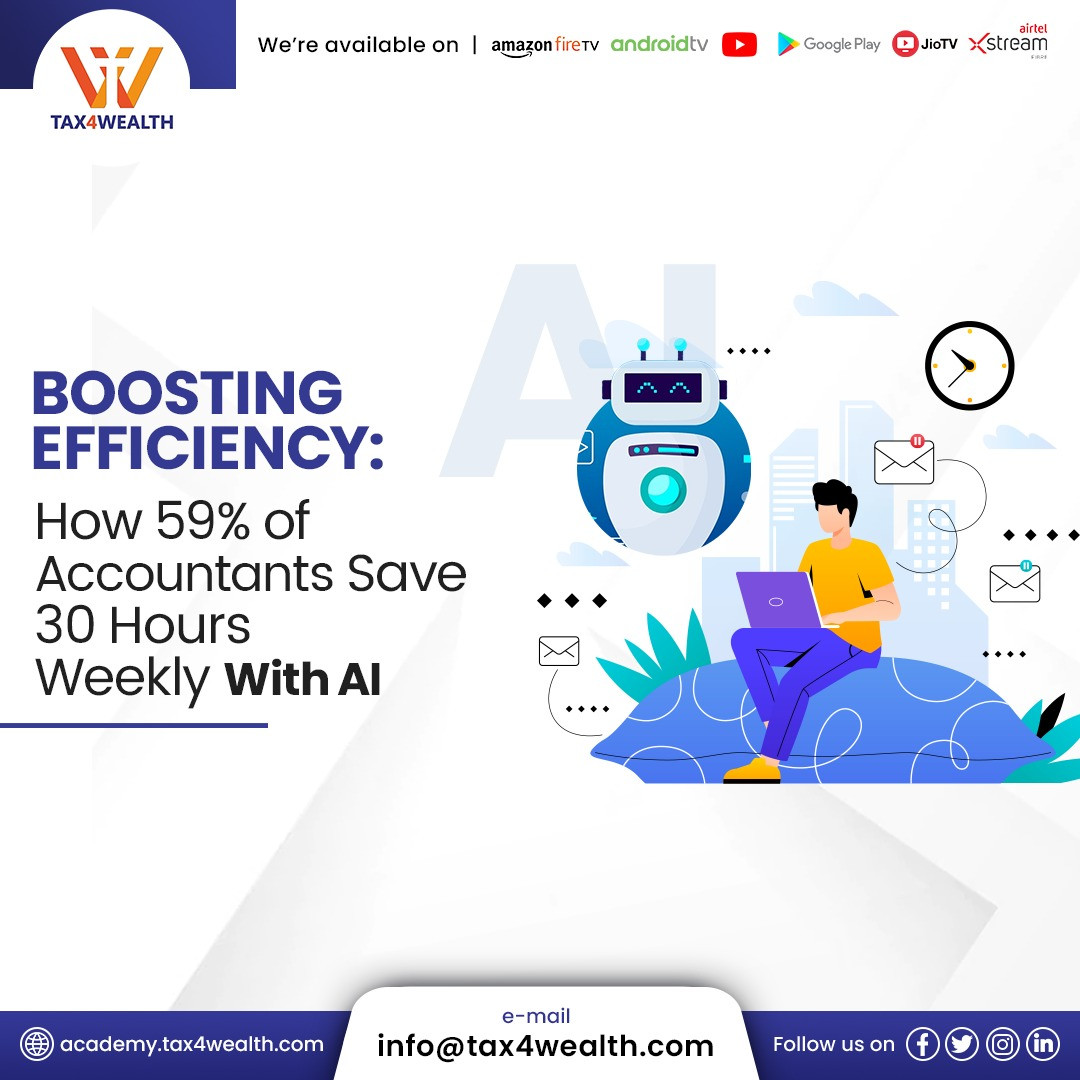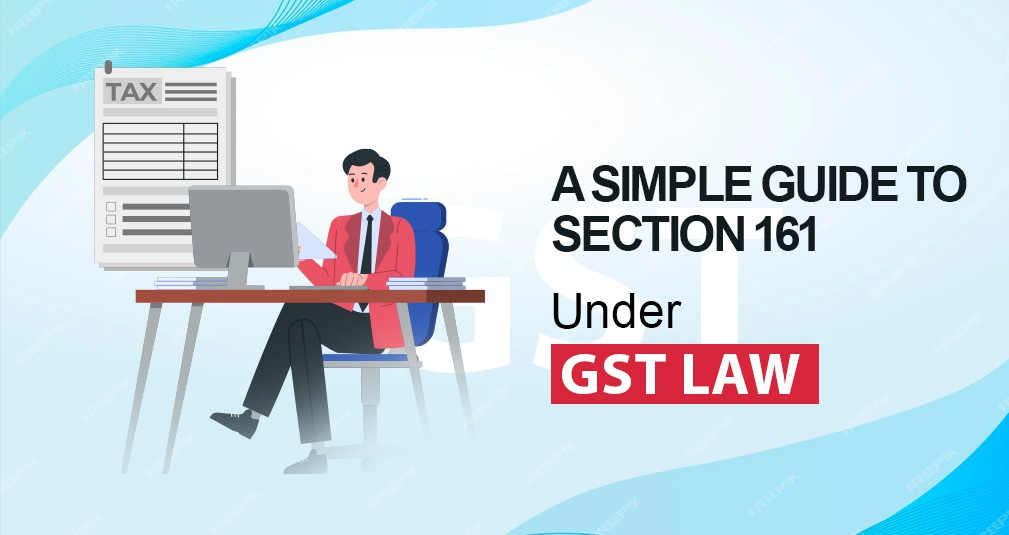Indexation- Understand The Meaning, Benefits and its Calculation
Indexation plays a dominant role in the calculation of the gain or loss of an investment made. Indexation helps to reduce the overall liability of tax by adjusting the purchase price of the investment and assets underlined. It is to be noted that in case of higher gain, the same can be adjusted against the inflation rate of the year of sale and purchase of the asset or investment. A detailed analysis of the indexation aspects has been discussed in this article.
What Is Indexation?
Indexation refers to an effective way of preventing the draining of the returns a taxpayer gets on his investment made in the form of tax. Generally, indexation is applicable for long-term investments including the debt fund as well as other fixed assets. Indexation helps to adjust the purchase price of the asset or investment. With the application of indexation, a taxpayer will be able to save or reduce the overall tax liability.
Before the application of indexation, there are two important concepts that must be understood which are as follows;
• Inflation and
• Capital Gains
Inflation:-
Inflation means the gradual increase in the price of a service or product. For instance, a product worth Rs. 100 today, maybe worth Rs. 120or more than that in the next few years. In this way, there will be a reduction in the purchasing power of the taxpayers due to inflation.
This suggests that the same amount of money will be used by an individual to purchase fewer things in the coming years as compared to what an individual bought today. In simple words, the cost of products or services will increase day by day due to inflation.
Calculation of Capital Gains with Indexation on Mutual Funds:-
Capital Gains mean a rise in the value of the investment over a period of time. For example, if the Net Asset Value (NAV) of a debt fund 10 years ago was Rs. 100 and today its value is Rs. 150. This simply means that the value of the investment has been appreciated and hence, it will be termed a capital gain. Here, the investment will yield a capital gain of Rs. 50 per unit upon redeeming.
In simple words, capital gain refers to the difference between the purchase price and the selling price of an asset or investment. However, in the case of debt funds which are considered a long-term investment and held for more than 36 months from the date of purchase, in that case, the capital gains arrive after making the indexation of the purchase price of the investment.
In the case of equity funds, long-term capital gains on debt funds are taxed at a flat rate of 20 considering the benefits of indexation. It is to be noted that indexation is not applicable to equity funds.
What are The Benefits of Indexation?
As mentioned earlier, Indexation helps to do adjustments in the purchase price of an investment to reflect the impact of inflation on the asset or investment. It analyzes the assumption that a higher purchase price leads to lesser profits, this means a considerably lower payment of taxes.
With the adoption of indexation, a taxpayer will be able to reduce his or her long-term capital gains, which will ultimately lower the taxable income. As a matter of fact, it is due to Indexation, debt funds are termed as the best option for fixed-income investment as compared to the other conventional fixed deposits. Indexation helps to covert this as a win-win situation.
The inflatable rate that will be used for the purpose of indexation can be obtained from the Cost of Inflation Index (CII) of the Government. The Government of India usually determines the value of the index and the same is updated by the income tax department on its official website from time to time. The Cost of Inflation Index can be viewed on the official website of the Income Tax Department from the year 1981 onwards.
How does Indexation Work in Debt Funds?
This can be better analyzed and explained with the help of an example. For example, an individual invests in a Debt Fund in July 2014. At that time, the amount of investment was Rs. 10,000, and the unit was bought at the Net Asset Value of Rs. 10. After 3 years, if the investments are redeemed in August 2017 at a Net Asset Value of Rs. 20. Thus, when the investment was sold, the total value of the investment was Rs. 20,000. In this case, there was a capital gain of Rs. 10,000.
However, It is to be noted that according to the provisions of the Income Tax Act, 1961, the individual has to pay tax on the whole amount of Rs. 10,000 received as a capital gain. Here, the holding period of the investment is 3 years, thus the individual will get the benefit of indexation to reduce the value of the capital gains as it is a long-term capital gain.
To get the Indexed Cost of Acquisition the below-mentioned formula has to be used;
Indexed Cost of Acquisition = Original Cost of Acquisition * (Cost of Inflation Index (CII) for the sale year /Cost of Inflation Index of the purchase year)
In the above-mentioned example, the Index Cost of Acquisition will be;
10,000 * (289/264) = Rs. 10,947
Thus, instead of Rs. 10,000 the capital gain now will be;
(Rs.20, 000 – Rs.10, 947) = Rs. 9,053
With the use of indexation, the taxpayer could have managed to pay a tax of only Rs. 947 on the capital gains earned. Accordingly, the taxable amount of the taxpayer in the aforesaid example will be calculated as Rs.9,053 only.
Conclusion:-
The advantage of indexation is that when the holding period of the investment or asset is longer, indexation works best. The long-term capital gains tax on the debt funds decreased from 20% to 7% for the holding period of 5 years. This suggests that indexation actually helps to save tax on the long-term capital gains and enhances the earnings of a taxpayer. Thus, it is best to use indexation, in the case of long-term capital gains.
For more information, Visit us at: https://academy.tax4wealth.com/
Related News
No comments yet, Be the first to comment.













